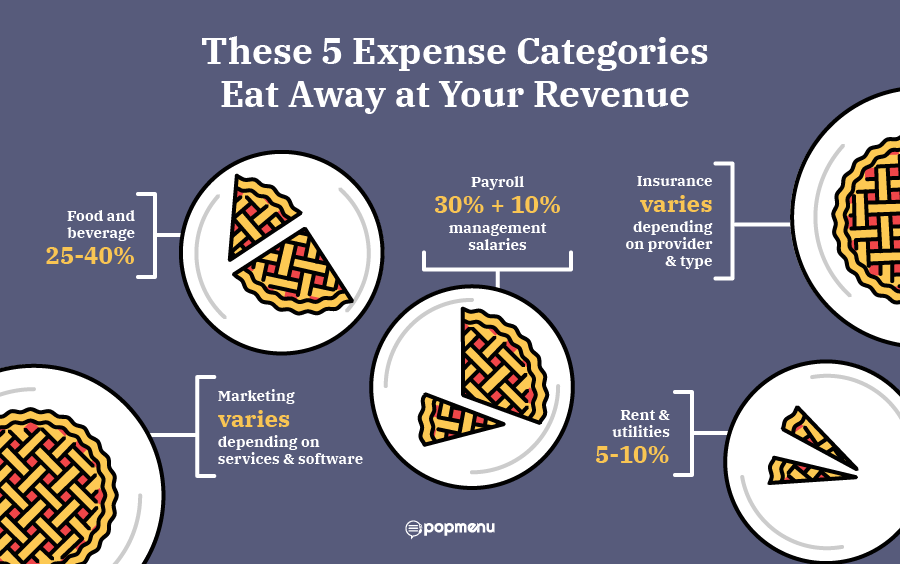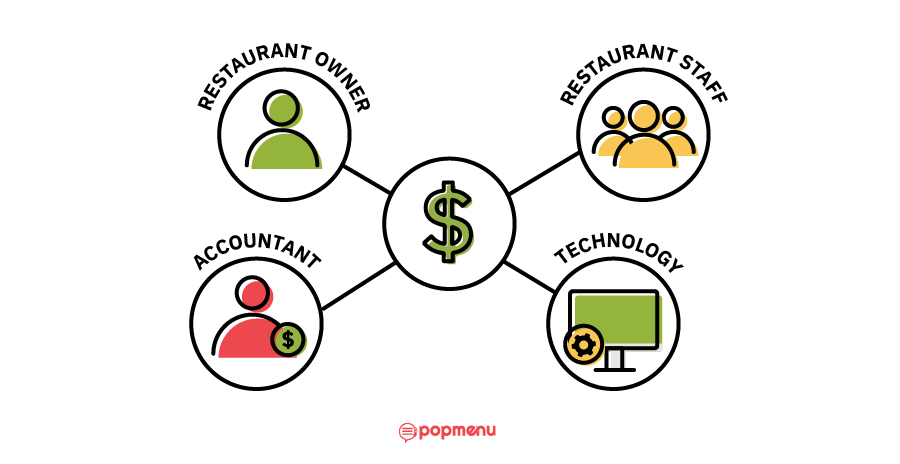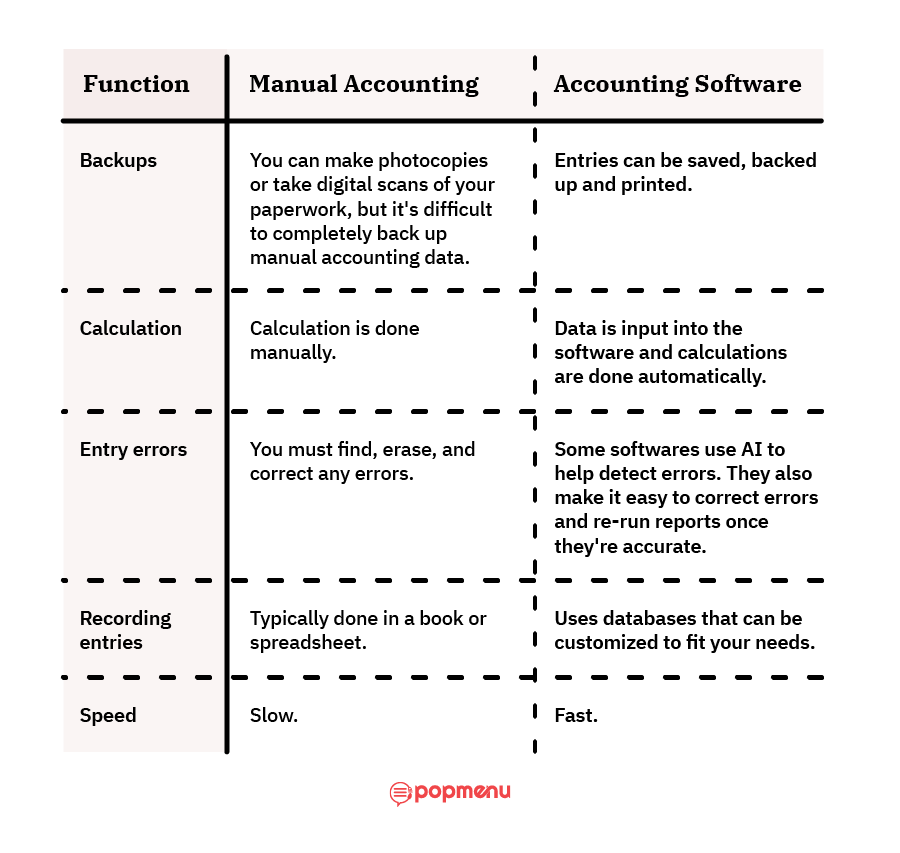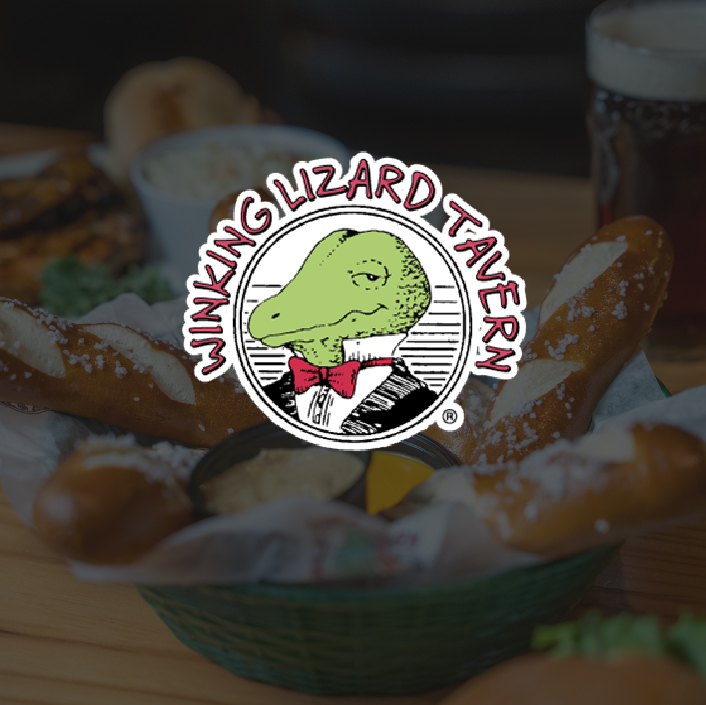
Restaurant accounting: everything restaurateurs need to know

Even to experienced restaurant owners, accounting can feel like a daunting task.
Restaurant accounting is time- and labor-intensive, and when it comes to keeping your business's finances healthy, there's just no margin for error. Good accounting practices are not only central to, but also necessary for a restaurant's long term success.
There's just one problem: Most restaurateurs aren't accountants or finance gurus. In fact, most of us got into this business because we love food—not because we're savvy at balancing the books. The last thing any passionate restaurant owner wants is to be trapped in a back office with spreadsheets and a calculator—yet, sometimes it's a necessary part of living the dream.
This guide is for those restaurateurs who aren't accountants—who want to do their accounting as quickly as possible so they can get back to the parts of running a restaurant that they're truly passionate about. Read on to learn:
- What makes restaurant accounting different from other businesses.
- Basic terminology used in restaurant accounting.
- Different accounting methods, including outsourced, in-house, manual accounting, and using software.
How is Restaurant Accounting Different from Other Businesses?
Like with any business, running a restaurant requires accounting, in the form of reporting, interpreting, and analyzing your revenue, cash flow, inventory, and income statements. The basic goal of accounting for your restaurant should be to document all of your financial transactions and determine the health and performance of the business.
But restaurant accounting can be a little bit different from standard business bookkeeping. Restaurateurs also need to keep track of:
- Tips
- Inventory, waste, and spoilage
- Vendor credits
Good inventory management also requires restaurants to use their financials to forecast the future, which is how they order inventory while keeping food waste as low as possible.
In other words, restaurant accounting can get very complex, very quickly.

Before we dive in, let's take a look at some of the accounting terms that restaurateurs need to know. Some of these are general accounting terms applicable to all business owners, some are specific to restaurant accounting, but all of them are important when it comes to having a solid understanding of where your restaurant stands, financially.
Basic Restaurant Accounting Terms
Assets
These are items that have economic (or cash) value, such as your kitchen equipment, tables and chairs, and your building, if you own it. Even cash or money that you’re expecting (accounts receivable) is considered an asset.
Balance Sheet
This financial statement shows the assets, equity, and liability your restaurant has at any given time, and uses the accounting formula:
Assets = Liabilities + Equity
This is one of three fundamental types of financial statements created for accounting purposes.
Cash Flow Statement
Cash flow statement is another commonly used financial statement. It shows an overview of the money coming into your restaurant and flowing out of it within a given timeframe.
Chart of Accounts
Your chart of accounts is a list of all financial accounts, including both income and expenses, within your restaurant's general ledger. The chart of accounts often breaks down income and expenses into subcategories. These can include items like:
- Food inventory
- Beverage inventory
- Cash on hand
- Furniture and fixtures
- Food cost
- Beverage cost
- Marketing and CRM software
- Accounts receivable
- Bank accounts
- Payroll
- Tips payable
- POS system fees (including credit card processing fees)
- Website costs
- Delivery fees
- Cleaning services
- Gift cards
- Lunch sales
- Dinner sales
- Menu software
- Utilities, including phone and internet
Cost of Goods Sold (COGS)
In restaurants, COGS refers to the price of the supplies and food ingredients needed to make all menu items, including their garnishes and condiments, within a certain period of time.
COGS is calculated using this formula:
Beginning inventory + Purchased inventory - Ending inventory.
COGS only shows you the cost of ingredients, and doesn't include costs like labor and other overhead expenses that go into creating your menu items.
Earnings Before Income Tax, Depreciation, and Amortization (EBITDA)
As its name suggests, EBITDA is how much earnings your restaurant generates before income taxes and non-cash expenses. It's used as a proxy for cash generated during a period.
Generally Accepted Accounting Principles (GAAP)
In the U.S., public companies are required to follow these accounting standards and procedures when putting together financial statements. The GAAP are issued by the Financial Accounting Standards Board (FASB), and establish the complete, consistent, and comparable nature of financial statements.
General Ledger
The general ledger is a record-keeping system for your financial data, including all financial transactions, segmented into accounts for liabilities, equity, assets, revenue, and expenses.
Income Statement
The third type of financial statement provides a list of profits and losses during a specific timeframe. Your income statement (also sometimes called a profit and loss statement) should include all revenue, minus operating and non-operating expenses.
Liabilities
Liabilities are financial obligations that your restaurant is beholden to (otherwise known as money you owe).
Occupancy Costs or Expenses
These refer to the costs associated with having a physical location for your restaurant. These include items like rent or mortgage, building insurance, repair and maintenance costs, janitorial services, utilities, and property taxes.
Operating Costs or Expenses
These are the costs associated with running a restaurant business. The three main categories for restaurant operating expenses are food, occupancy costs, and labor.
Prime Costs
The two most significant costs to a restaurant are labor and food, which makes them your prime costs.
Prime Costs = Labor costs + COGS
Gross Profit After Prime Costs (GPPC)
This is your revenue after your biggest expenses, food and labor.
GPPC = Sales - Prime Costs
Profit
Profit = Revenue - Expenses
Profit Margin
Profit expressed as a percentage of all revenue.
Revenue
Revenue is total sales, including food, merchandise, prepackaged goods, and any other products or services your restaurant offers.
Total Sales Per Head
This metric shows how efficient your restaurant is using its employees and can help make staffing decisions.
Total Sales Per Head = Total sales / # of employees
Who Has a Role in Restaurant Accounting?

Restaurant accounting is very much a team effort. It will involve:
You.
As a restaurant owner, it's your job to set the vision and direction for your business and ensure it's run in a financially healthy way.
Your accountant.
You may choose to hire a professional to assist with your bookkeeping. If you do, make sure you hire an accountant who specifically serves restaurants, and has a deep understanding of their accounting needs.
Your technology.
Technology tools like your point-of-sale and inventory management system need to be able to integrate with any accounting software used by you or your accountant. That way, reconciliation of your sales records, bank deposits, and other important financial reports can be done automatically by your software.
Your staff.
Your staff will use your POS to report sales and other transactions. They also need to correctly report their tips. Even though tips are not classified as restaurant income and subject to withholding, they must be reported correctly so taxes can be paid on them.
Setting Goals for Restaurant Accounting
Accounting is a necessary part of maintaining a healthy business. But you can also approach your restaurant accounting with specific goals in mind. Some things you can accomplish via different accounting methods include:
- Better tax reporting. This can reduce your restaurant's tax liability and exposure, while also decreasing your chances of being audited.
- Better management of expenses. Use accounting practices that are designed to help you identify opportunities to cut costs.
- Targeting ideal menu pricing. Use your accounting to determine what to charge guests for each menu item to cover the costs of ingredients, labor, and overhead—while still maintaining healthy margins.
- Achieving and maintaining the best staffing levels. Staffing is a challenge for even the most successful restaurants. Accounting can help keep labor costs in check by determining the optimal number of people to have working for each shift.
- Controlling your cash flow. Poor cash flow management can result in not having enough money to pay your restaurant's bills and debts. Accounting can help avoid liquidity issues.
- Setting your restaurant on a plan for future growth. Since accounting is so vital to maintaining the financial health of your restaurant as a business, it's also the first step in creating a plan to grow your business in the future.
Choosing Your Accounting Cycle
Along with your accounting goals, you'll want to decide on accounting periods for your reporting and analysis. There are two ways that restaurants most commonly do this:
- 13 four-week accounting cycles throughout the year, or
- 4/4/5 accounting periods.
The idea is to have consistent accounting periods, so when you compare reports from different periods, you know you're comparing apples to apples. Using calendar months doesn't work since the months have uneven numbers of days.
By using four-week periods instead of calendar months, it's possible to divide the year into 13 even segments.
A 4/4/5 cycle, on the other hand, might be a better choice for restaurants who want to compare their reports quarterly, rather than on a monthly basis. This cycle divides the year into four even quarters, each with two four-week months, and one five-week month.
Choosing Your Accounting Method
If your restaurant records less than $1 million in annual revenue, you can choose your accounting system from the two methods below (restaurants that earn more than $1 million annual revenue must use accrual accounting)
Cash accounting is easier to do, but can be less accurate. This method records income as it enters your restaurant's bank account, and records expenses when they are paid and the money leaves your bank account.
Accrual accounting accounts for each transaction as it happens, regardless of when money changes hands. This method creates a more accurate overview of your restaurant's income and expenses.
Should Your Accounting Be Done In-House or Outsourced?
The next big question to answer about your restaurant accounting process is whether to DIY or outsource the job to a professional accountant. Once you see all that's involved—learning terminology, doing math, generating and analyzing so many different financial reports—it becomes easier to see why so many restaurateurs leave this job to the pros.
But which is best for you and your restaurant? Let's take a look at some pros and cons of each.

Is Manual Accounting or Restaurant Accounting Software Best for You?
At the same time you're determining whether to outsource your accounting or keep it in-house, you might also consider whether to do your accounting manually or take advantage of the many digital accounting solutions and softwares that exist today.
Here's how the two options compare:

In 2022, the better choice is clear: Accounting software is just one of the many tools helping restaurants streamline their operations, maximize efficiency, and stay competitive as the restaurant industry undergoes a technology revolution.
From Wave to QuickBooks to FreshBooks, there are many different accounting softwares you can consider. What's important to consider is how your accounting software fits into your overall digital strategy—will it integrate with your POS, inventory management system, and AP automation software, if you use those? Using tech tools that work well together can save you time you would otherwise spend manually entering sales and other financial information.
4 More Restaurant Accounting Tips
Hire an accountant
If you don't have accounting knowledge and experience, this is a job that's better left to an accounting firm that knows how to manage a restaurant's finances.
Use the right technology
From your POS to your inventory management, AP automation software and accounting tools, choose software that will help your restaurant be more streamlined and efficient, not less. That means technology tools that integrate with one another to make your digital strategy as seamless as possible.
Pay your bills and taxes
This should go without saying, but when doing your accounting, pay all of your restaurant's bills, debts, and taxes. The penalties that come with skipping or ignoring payments could easily kill an independent restaurant.
Know when to outsource
Some accounting-adjacent jobs (like payroll, for example) are complex and time-consuming, too. Part of good restaurant management is knowing when you're not the right person to do these types of jobs, and outsourcing them to experts to make sure they'll be done right.
The bottom line? Restaurant accounting is complex, but very necessary. When in doubt, the right software and an expert to guide you can make all the difference.





.jpeg)






